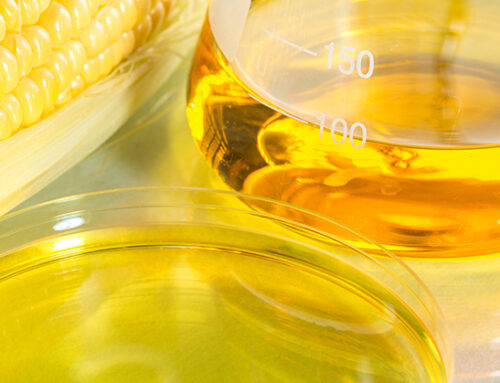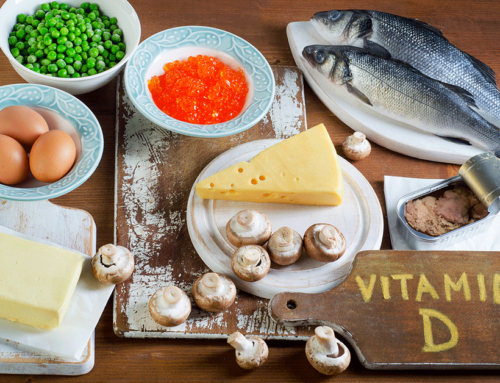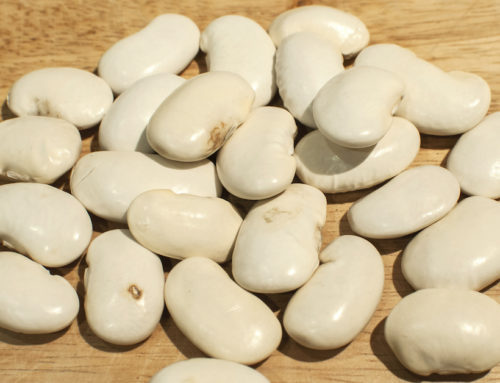By now, just about everybody should know that eating plenty of fruits and vegetables can support a healthier brain and a sharp memory for years to come.
But the latest research has begun to pick apart exactly which natural compounds in these foods have the biggest benefits. And there’s one natural compound found in blueberries in particular that’s proving its worth. In addition to promoting brain health, researchers believe it can lower your risk of Alzheimer’s disease…
This natural compound, called gallic acid, is found in large amounts in blueberries as well as a number of other fruits and vegetables.
The latest research shows that gallic acid is a brain-boosting powerhouse. It energizes brain cells in the hippocampus (one of the brain’s most important memory centers), defends against oxidative stress in brain tissue, and shores up the blood-brain barrier in its efforts to keep toxins from entering the brain and interfering with your memory.
Each of these actions is critical to stave off Alzheimer’s disease, but perhaps no action is more important these days than protecting brain cells against toxins.
Fending off Pollution’s ill Effects on The Brain
Recently, a lot of attention has focused on how air pollution can lead to brain cell damage and increase your chances of developing Alzheimer’s disease and other types of dementia.1
Along with this, say researchers, warming weather has led to powerful dust storms around the world – including in the U.S. – that are now increasing the threat of pollution by damaging the blood-brain barrier. In addition to harming memory, this damage also increases the risk of stroke.2, 3
However, research shows that gallic acid can protect the blood-brain barrier. For example, in one study in the Middle East, an area that has always been vulnerable to widespread dust storms, tests demonstrate that gallic acid prevents and reverses the leakiness of the blood-brain barrier that increases after exposure to the air-borne particles contained in dust storms.4
Plus, lab tests show that gallic acid reduces oxidative stress (damaging activity by free radicals) in the hippocampus. It also protects healthy proteins in these cells. That’s important! Because when proteins are damaged, neurons can die off and your ability to keep track of your memories can die off with them.5
Dialing Back Diabetes’ Threat to The Brain
Americans’ tendency to overeat, consume too much processed food and gain weight has led to an epidemic of diabetes and metabolic syndrome – the condition that often precedes full-blown type-2 diabetes.
People afflicted with these conditions usually carry too much inflammatory fat around their waistline, their blood pressure is too high, their triglycerides (blood fats) may be elevated and their blood sugar has increased enough to further raise inflammation in the body.
And all of those developments generate oxidative stress that impairs the function of the brain. They also expose neurons to pro-inflammatory cytokines – proteins released by immune cells that also damage neurons.
But here, too, gallic acid can work to limit harm to the brain. For example, lab tests show that this phytochemical can produce antioxidant and anti-inflammatory effects that protect neurons from the free radicals that result from diabetes.6
Best of all, each of these cellular benefits produces memory improvements that can be measured in testing.
Memory Improved
Laboratory tests in Japan show gallic acid may help to reverse some of the memory loss that occurs during Alzheimer’s. But it’s important to note that, while very exciting, these tests were in laboratory animals and benefits have not yet been proven in humans.7
What’s more, a study in Italy found that older Italians (whose mean age was about 65) who consumed a higher number of foods rich in gallic acid had better memories and cognitive powers than seniors who rarely ate those foods.8
Increasing Your Gallic Acid Intake
Increasing your levels of gallic acid shouldn’t be hard. Foods rich in this brain-saving compound include blueberries as well as strawberries, plums, tea, red wine, hazelnuts, grapes, cashews, walnuts and blackberries.9
If you’re a fan of fruit vinegars, you’re in luck – almost all of them, including apple cider vinegar, are also great sources of this nutritious compound.10 I’d recommend sticking to organic varieties of these vinegars and foods when possible. That’ll reduce your exposure to toxic pesticides that have been linked to brain inflammation and brain cell damage.
- https://ehp.niehs.nih.gov/doi/10.1289/EHP9018
- https://www.ncbi.nlm.nih.gov/pmc/articles/PMC7411550/
- https://www.ncbi.nlm.nih.gov/pmc/articles/PMC5089887/
- https://pubmed.ncbi.nlm.nih.gov/31848951/
- https://www.ncbi.nlm.nih.gov/pmc/articles/PMC8290492/
- https://pubmed.ncbi.nlm.nih.gov/32780904/
- https://pubmed.ncbi.nlm.nih.gov/32913125/
- https://www.ncbi.nlm.nih.gov/pmc/articles/PMC8145289/#B52-antioxidants-10-00700
- https://pubmed.ncbi.nlm.nih.gov/24938889/
- https://www.mdpi.com/2076-3921/8/4/78/htm







